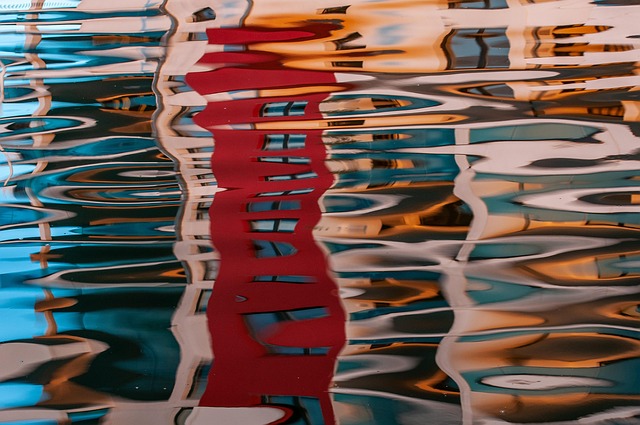As technology continues to advance at a breathtaking pace, our expectations of visual quality have never been higher. When we sit back to enjoy our favorite shows or immerse ourselves in a gripping video game, we expect extraordinary clarity and detail. However, a lurking adversary threatens to undermine this experience: image distortion.
Image distortion refers to the alteration of visual representation, leading to inaccuracies in color, shape, or proportions. This phenomenon can be especially noticeable on televisions and computer monitors, impacting the way we perceive everything from cinematic storytelling to vivid landscapes. With varying levels of resolution and display technology, understanding how image distortion occurs—and its consequences—becomes increasingly important for the modern viewer.
Resolution is the cornerstone of visual quality. It dictates the number of pixels displayed on the screen, ultimately determining how sharp and clear the image appears. As we shift from traditional CRT televisions to cutting-edge OLED and QLED monitors, we observe that higher resolutions (such as 4K and 8K) promise to deliver more detail. Yet, with these advancements, image distortion can still rear its ugly head, often due to poor calibration or suboptimal display settings.
One common type of image distortion is geometric distortion, where the shapes appear warped or stretched. This can significantly detract from the viewing experience, especially in fast-paced action scenes where precision matters. Through effective visualization techniques in display technology, manufacturers strive to correct these distortions, utilizing innovative calibration tools to enhance accuracy.
Furthermore, color distortion poses another challenge, causing colors to appear washed out or inaccurately represented. Whether you’re an avid moviegoer or a devoted gamer, any compromise in color fidelity can disrupt the immersion you seek. The use of advanced color processing technologies is essential for overcoming these hurdles, ensuring that the screens we enjoy maintain the integrity of the original visuals.
Monitors and display technology are evolving at an incredible rate, yet understanding their limitations is crucial. As consumers, we must educate ourselves about how image distortion can impact our experiences. Investing in high-quality displays and taking the time to fine-tune settings can significantly improve the quality of what we see.
Moreover, there’s an artistic dynamic to be considered. Filmmakers and game developers work meticulously to create stunning visuals, intending for us to experience their art in its true form. When image distortion interferes with this intention, it can separate us from the emotional connection that exists between our eyes and the crafted world on screen.
In this age of extraordinary technology, understanding image distortion and its impact on display resolution enriches our viewing experience. With every advance in monitor and display technology, the potential for flawless visuals becomes more achievable, leading us toward a future where clarity and excellence reign supreme. As we continue to demand more from our screens, the conversation around image distortion and resolution will remain ever-relevant.




